#Hilda Koronel
Photo

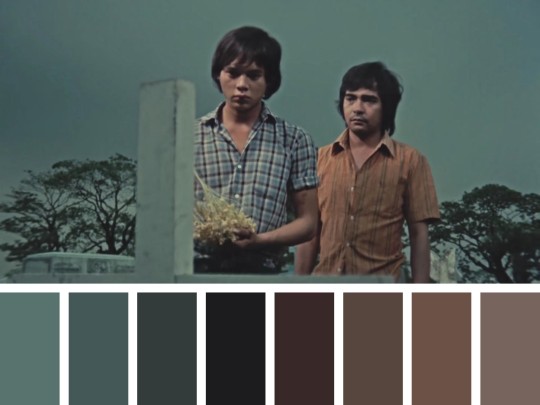
Maynila, sa mga Kuko ng Liwanag (1975)
dir. Lino Brocka
#maynila sa mga kuko ng liwanag#manila in the claws of light#lino brocka#1975#hilda koronel#bembol roco#tommy abuel#1970s
17 notes
·
View notes
Text
Exploring the Works of Lino Brocka: 'Insiang' Review
by Isobelle Cruz [October 5, 2022]

ABOVE: Hilda Koronel as Insiang[Photo: The Film Foundation]
Today I got another look into Lino Brocka’s world, or what could also be referred to as the real Philippine society that is often glazed over in cinema. After my first encounter with Manila in the Claws of Light, I immediately went ahead and searched for other Brocka films that may serve the same rawness and awareness to lower-class Philippine society.
‘Insiang’ depicts the everyday life of Filipinos in the lower masses of the country around the years of 1976, when this film was first released and was later featured in numerous screening festivals and bagged awards from the Metro Manila Film Festival, one of them being for Best Cinematography—which is all well-deserved.
Although it is great to showcase a brighter side of the country on screen and is much appreciated, transparency and representation of the world beneath the rich Filipinos of Manila without glossing over its truths can be somewhat refreshing, as wrong as that may sound. This film was temporarily banned during the Marcos regime, because the then-dictator’s wife, Imelda Marcos, frowned upon its showcase of an image of Manila that was opposite to the one they were trying to sell to the world and keep to themselves, which is exactly why this film among others rebelliously produced during that era, is so important and deserve to be revisited.

[Photo: The NY Times]
The film starts off already brutally with shots set in a slaughterhouse where pigs are butchered and killed for products in the market, setting up what the audience would further witness in the piece: undiminished and gruesome representation and shots of the cruel and difficult parts of Philippine society.
INSIANG: Mahal kita, Bebot, kaya lang hindi ko gusto ginagawa mo sa akin sa loob ng sine.
BEBOT: Eh, lalaki ako, Isiang. Mapipigil ko ba ang sarili ko?
ABOVE: A conversation between Insiang and her boyfriend
The objectification of women is one of the main subjects that this film handles, aside from poverty and the sadly normalized manipulation of parents over their children, and of men over women. In today’s time, even with the overly encouraged activism to show truth and give justice to the country’s real struggles and debunking the richness only brought by corruption, producing a film like Brocka’s still brings a ton of risk for criticism, and even more so with another Marcos given power.

ABOVE: Mona Lisa and Hilda Koronel as mother and daughter [Photo: Letterboxd]
Renowned Filipina actress, Mona Lisa, did an unnerving performance as Tonya, the manipulative and controlling mother of Insiang, which helped set up the film’s tension. With these powerful characters surrounding Insiang and giving her barely any choice to live her own life and escape the madness of her world, Brocka makes me think of all the other people—mostly women—that live with the chokehold that our protagonist goes through.
Ngayong nakaganti ka na, siguro maligayang maligaya ka na.
ABOVE: Tonya to her daughter Insiang, after killing Dado
Unlike Manila in the Claws of Light, released only a year before this film, Insiang has more of a still and let-down ending. But nonetheless, Lino Brocka’s seventh production remains an important piece of Philippine cinema that deserves all the recognition and revisiting by the latest generations.
#lino brocka#philippine cinema#philippine entertainment#movie review#classic film review#metro manila film festival#hilda koronel#brocka#brocka film#ph film#ph cinema#manila in the claws of light#maynila sa kuko ng liwanag#insiang#insiang 1976#rez cortez#dado#Mario O'Hara#Lamberto Antonio
11 notes
·
View notes
Photo

Mona Lisa and Hilda Koronel in Insiang (Lino Brocka, 1976)
Cast: Hilda Koronel, Mona Lisa, Ruel Vernal, Rez Cortez, Nina Lorenzo, Marlon Ramirez, Mely Mallari, Carpi Asturias. Screenplay: Mario O'Hara, Lamberto E. Antonio. Cinematography: Conrado Baltazar. Art direction: Fiel Zabat. Film editing: Augusto Salvador. Music: Minda D. Azarcon.
Lino Brocka's Insiang begins with a scene of pigs in an abattoir that's likely to put most carnivores off their feed for a while. It sets the tone for a story whose neo-realist approach is tinged with overtones of Greek myth: a tale of revenge that centers on a young woman betrayed by her lover as well as by her mother and her mother's lover. Think of Medea or Elektra brought up in the slums of Manila. The title character, played beautifully by Hilda Koronel, lives with her tense, quarrelsome mother, Tonya (Mona Lisa), who takes out her fury on Insiang at having been left by her husband. Then Tonya takes a much younger lover, Dado (Ruel Vernal), who furtively lusts after the pretty daughter. Insiang has a suitor her own age, Bebot (Rez Cortez), who wants her to sleep with him, but she insists on waiting until they have good jobs -- unemployment is rife in the slums -- and get married. But when Dado, who has moved in with the two women, rapes Insiang and then lies to Tonya that the young woman provoked him by bathing and sleeping naked, Insiang agrees to spend the night with Bebot and to begin a life with him. She wakes up in the sleazy hotel to find that Bebot has already gone, and when she finally finds him he gives her a cold shoulder. At this point, Insiang, once mild-mannered and long-suffering, turns into a woman bent on revenge, and finds ways to inflict it on Bebot, Dado, and her mother. Lino Brocka's direction and the performances by actors drawn from his theatrical company elevate the film into something of a small tour de force: It was shot in only seven days in places where it must have been difficult to film. There are no overt political messages being delivered by the film, but it's hard to avoid the consciousness that people have been forced into lives like these and shouldn't be. Is it enough to note that Imelda Marcos hated the film?
1 note
·
View note
Photo

Insiang, 1976
#insiang#1976#lino brocka#hilda koronel#revenge#phillipines#manila#woman#power#society#film#cinema#70s movies
133 notes
·
View notes
Photo

Insiang (Lino Brocka, 1976)
16 notes
·
View notes
Text
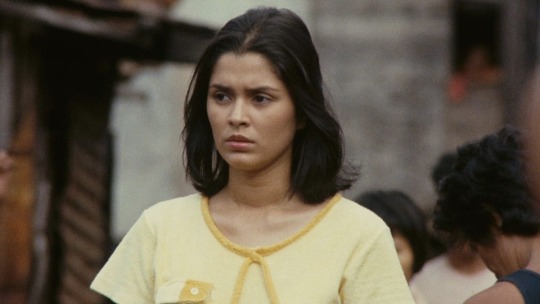
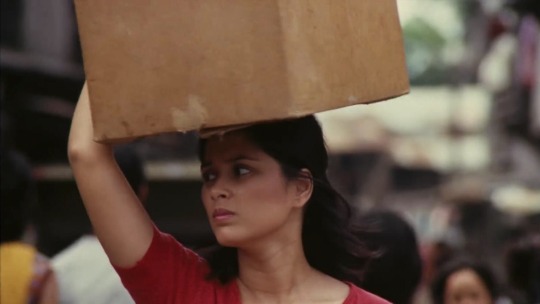
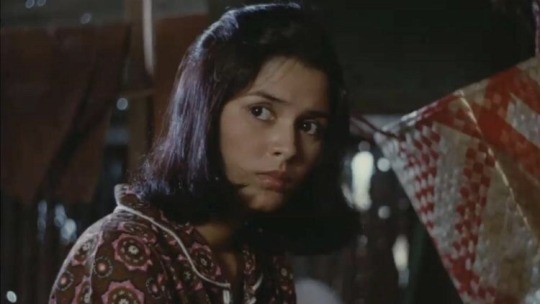
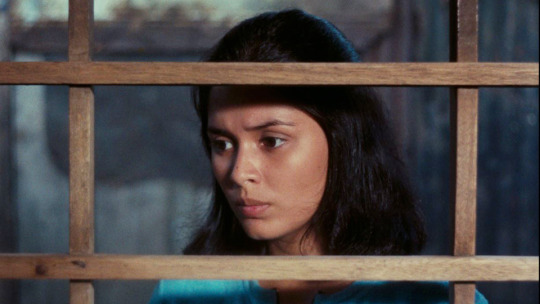
Hilda Koronel in Insiang (1976).
29 notes
·
View notes
Photo
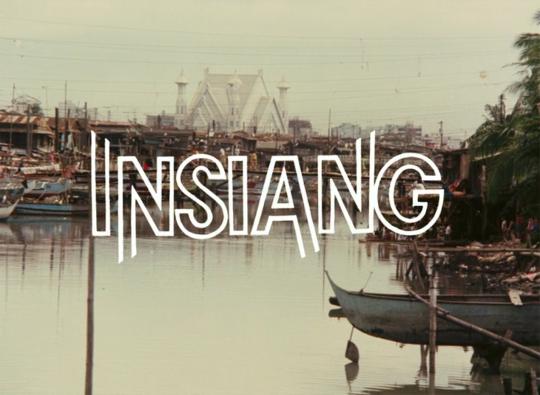


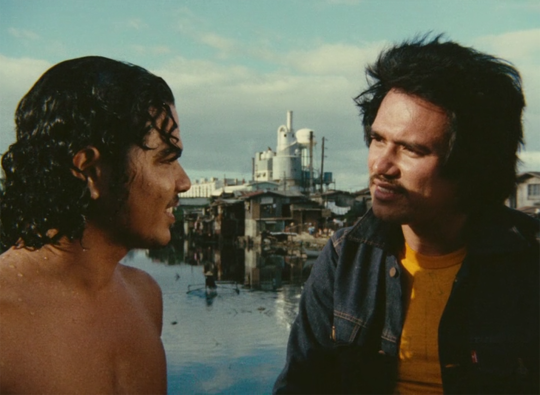
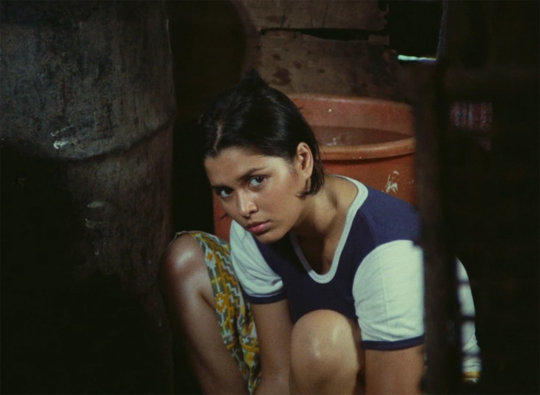
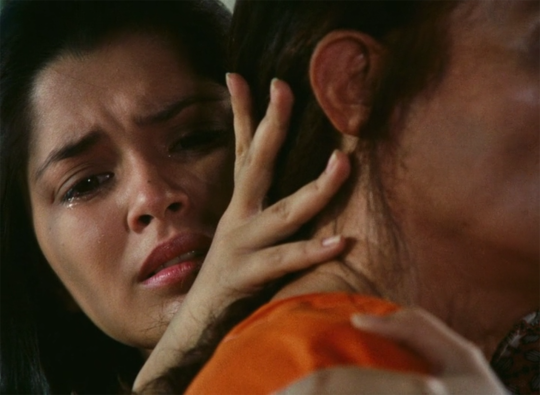

INSIANG (1976)
Director: Lino Brocka
Cinematography: Conrado Baltazar
53 notes
·
View notes
Text
The Darkness in Light: Manila in the Claws of Light


Of the various movies which deal with factual situations, "Maynila sa mga Kuko ng Liwanag," is meritorious. This Lino Brocka film is one of the best classic films ever.
The motion picture is an adaptation of the book, "Sa Kuko ng mga Liwanag," written out by Edgardo Reyes. It describes the societal glitches encountered in the 70s, focusing on disparity and exactly how prostitution became an escape to those who sought for a better life and be freed from poverty.
The lead role of Julio Madiaga was portrayed by a novice actor, Rafael Roco, Jr., now popularly known as Bembol Roco. The female lead, Ligaya Paraiso, was played by Hilda Koronel.
The movie depicts some kind of symbolisms. The character of Julio represents the Filipino's vision of having more in life, of being fascinated by the glitz Manila is seen as a city of dreams only to discover that it actually was a cemented jungle where the vulnerable ones would be an easy target to those who were always prying for victims. Ligaya Paraiso, on the other hand, stands for the Motherland, a supposed place of happiness and paradise but was molested by a foreigner symbolized by Ah-Tek. Because Julio cared so much for Ligaya, he slayed Ah-Tek after finding out that Ligaya's death was not due to an accident. This indicates affection for one's motherland resulting from hostile act unto the offenders, even using one’s own hands to conquer injustice. Julio at the latter part of the film is seen being chased by the people who were trying to catch him for the killing until he reached a dead-end. He wept with an ice pick in his hand. The dead-end could symbolize Julio's end in the hands of those running after him or in his own hands. It could also mean hindrance and obstacle which would eventually be overcome.
Although the movie was set in 1975, it offers an image of the harsh realities in life. It visualizes related issues that are still prevalent nowadays. One of them is injustice. Julio suffered prejudice because of the meager salary of 2.50 per day he received for a hard day of labor as a construction worker. Ligaya also suffered same from the hands of an abusive Chinese. As a result, both Julio and Ligaya were exploited. Nowadays, we heard of injustice being committed to those innocent ones. There are instances wherein those affluent ones who have the influence and money are spared of and do not get penalized for their offenses. Justice is oftentimes elusive and in jeopardy for the Julio and Ligaya of these days. How ironic that Ligaya was abused by a Chinese which is the same nationality who would like to abuse our territorial land, the Ligaya Paraiso of our heritage. Ah-Tek, a Chinese who took advantage of the frail woman that was Ligaya. Nowadays, the Chinese are seemingly taking advantage of the pathetic Philippines for they are aware that our arms depot is of no match to their weaponries and artilleries.
Is it correct to think that in the midst of gloom there is sunlit and that within inconspicuousness there is hopefulness? Are we only made into thinking that we can still hold on for the days ahead or will it still remain just a dream for most of us? Life at times gives us so much to bear. Instead of being despair, one must be confident and optimistic that everything would turn-out differently as time goes by. In order to better appreciate the good things in life, obstacles and hindrances must be looked at as part and parcel of life.
The darkness in light would mean that despite the bustle of city life it could not be denied the existence of manipulation and exploitation. Maynila gives us a vivid picture of how darkness is visible and evident amidst the light. Kuko or claws could hurt or spike someone. It is sort of a representation of hardships or darkness in one's life.
#blog#film#manila#lino brocka#bembol roco#hilda koronel#70s film#reality#filipino#julio madiaga#ligaya paraiso#manila in the claws of light#1970s#philippines#pelikulangpilipino
4 notes
·
View notes
Photo
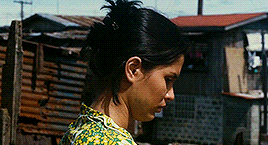

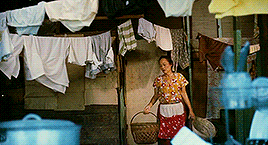
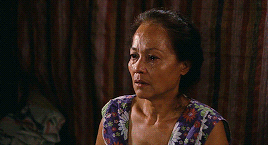
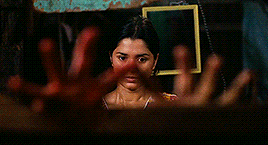
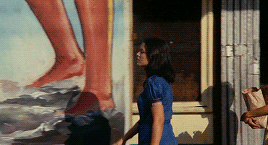

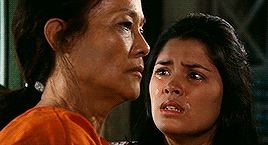
I wanted you to lose all reason. I wanted you to kill him.
Insiang (Lino Brocka, 1976)
66 notes
·
View notes
Photo
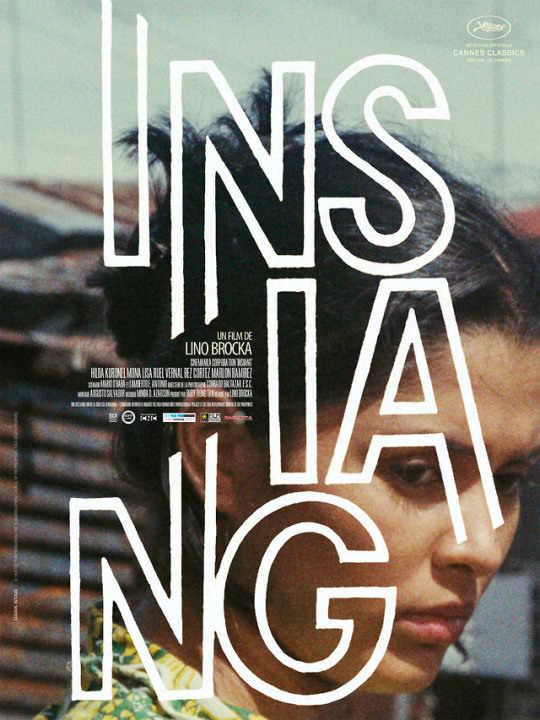
2015 Cannes Classics poster for INSIANG (Lino Brocka, Philippines, 1976)
Designer: Dark Star
Poster source: CineMaterial
Restored by Martin Scorsese's The Film Foundation. Watch it on the Criterion Channel.
148 notes
·
View notes
Text
#manila in the claws of light#filipino cinema#film#review#lino brocka#bembol roco#hilda koronel#lou salvador jr.#tommy abuel#juling bagabaldo#jojo abella#pio de castro#pancho pelagio#tommy yap#criterion channel#criterion collection#martin scorsese’s world cinema project
1 note
·
View note
Photo
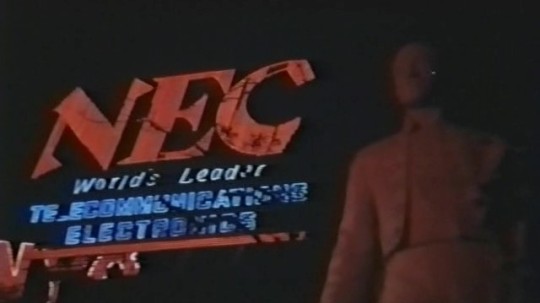


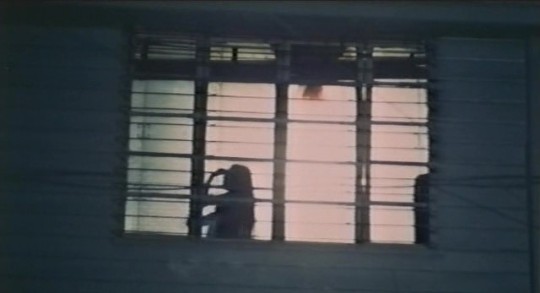
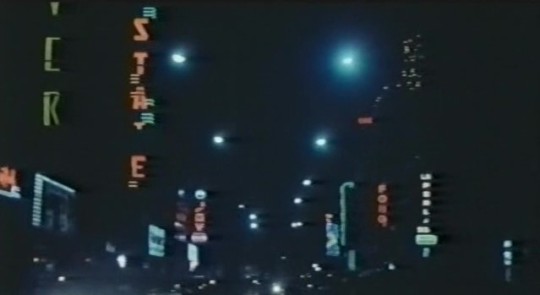
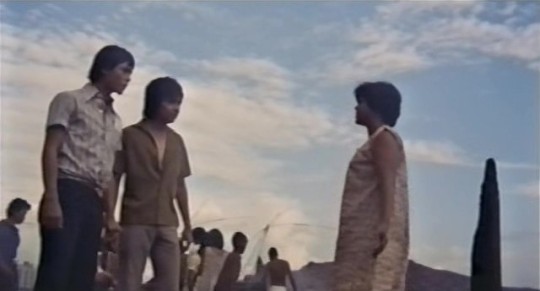


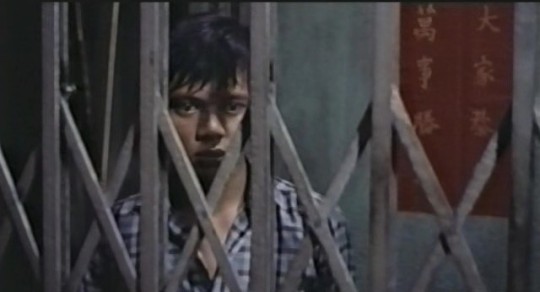

272. Manila In The Claws Of Light (Lino Brocka, Philippines, 1975)
#manila in the claws of light#lino brocka#philippines#1975#1970s#drama#hilda koronel#lou salvador jr#tommy abuel#bembol roco
16 notes
·
View notes
Photo
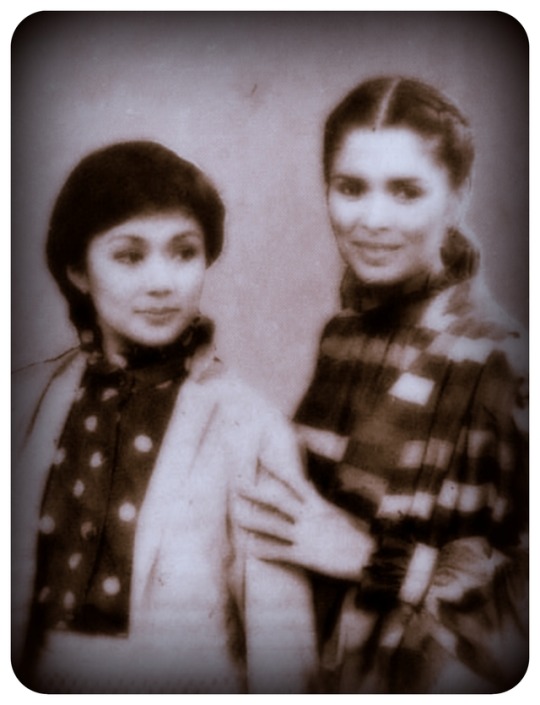
Vilma Santos and Hilda Koronel
2 notes
·
View notes
Photo
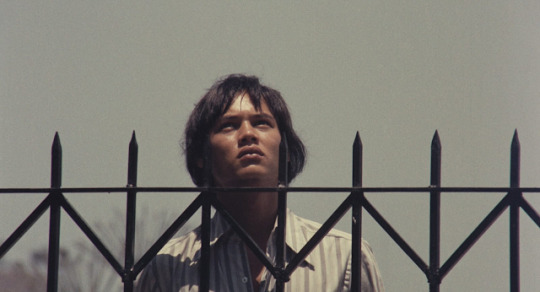
Bembol Roco in Manila in the Claws of Light (Lino Brocka, 1975)
Cast: Bembol Roco, Hilda Koronel, Lou Salvador Jr., Joonee Gamboa, Pio De Castro III, Danilo Posadas, Joe Jardi, Spanky Manikan, Edipolo Erosido, Pancho Pelagio, Lily Gamboa Mendoza, Tommy Yap, Juling Bagabaldo. Screenplay: Clodualdo Del Mundo Jr., based on a novel by Edgardo Reyes. Cinematography: Mike De Leon, Clodualdo Del Mundo Jr. Film editing: Ike Jarlego Jr., Edgardo Jarlego. Music: Max Jocson.
The title, Manila in the Claws of Light ("Light" is sometimes translated as "Neon"), is enigmatic. But there's nothing enigmatic about this straightforwardly harrowing look at the working class in the Marcos-era Philippines. The protagonist, Julio (Bembol Roco), has left his village, where he was a fisherman, to search for his girlfriend, Ligaya (Hilda Koronel), who was lured away to Manila with other girls by a woman who called herself "Mrs. Cruz" and promised good factory jobs and schooling. When we first meet Julio, he's scrounging for work at construction sites, having been robbed of the money he brought with him to the city. The other workmen help Julio survive after he collapses from hunger on the first day, and their friendship and solidarity in the face of the bosses who routinely cheat them of their full pay help get him on his feet. In his spare time, he continues his search for Ligaya, having learned that she's been lured into prostitution and is now the mistress of Ah Tek, who runs an import-export business. Julio stakes out Ah Tek's business in Manila's Chinatown, hoping for a glimpse of Ligaya. Meanwhile, he endures unemployment with the help of his friends, and survives a bad period by working in a male brothel. His eventual reunion with Ligaya is brief and tragic. The film provides a fascinating look at the underworld of a city that could stand for almost any other metropolis, and director Lino Brocka keeps it moving with a well-paced alternation between desperation and recovery until the shattering end. The cast is uniformly fine, and the realistic view of the city keeps the story from tilting into melodrama.
3 notes
·
View notes
Photo

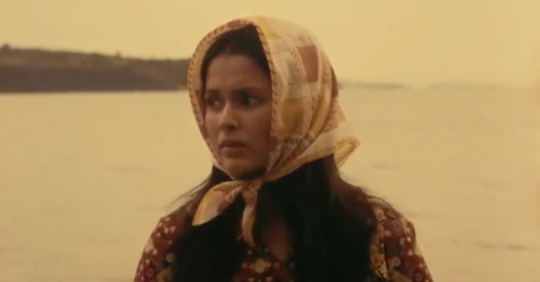

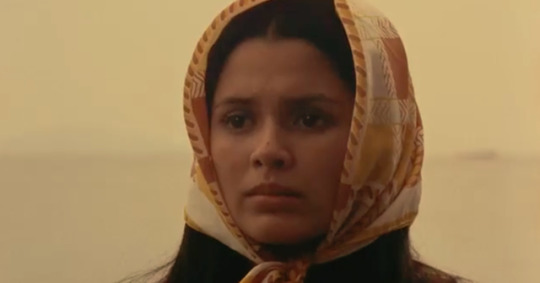


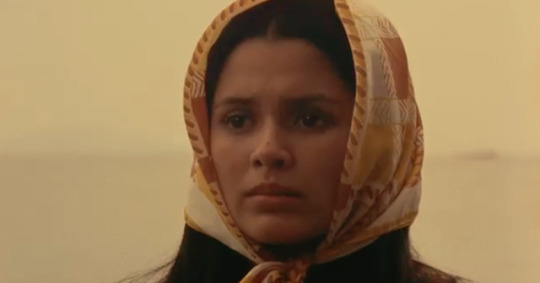
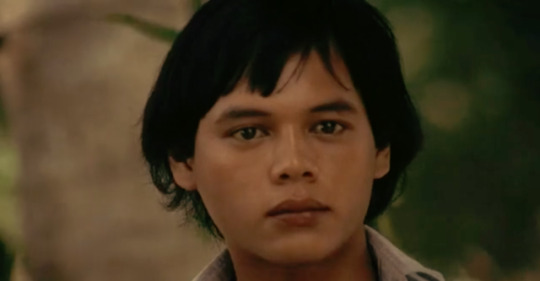
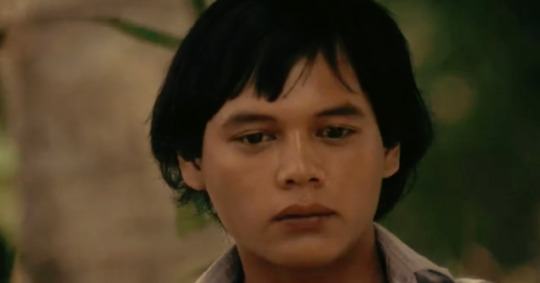
Maynila, Sa Mga Kuko ng Liwanag (Manila, In The Claws of Light), dir. Lino Brocka, 1975
10 notes
·
View notes
Photo

Maynila Sa Mga Kuko Ng Liwanag (Manila in the Claws of Light) | Lino Brocka | 1975
#foreign cinema#foreign film#movie stills#hilda koronel#lino brocka#manila in the claws of light#maynila sa mga kuko ng liwanag
23 notes
·
View notes